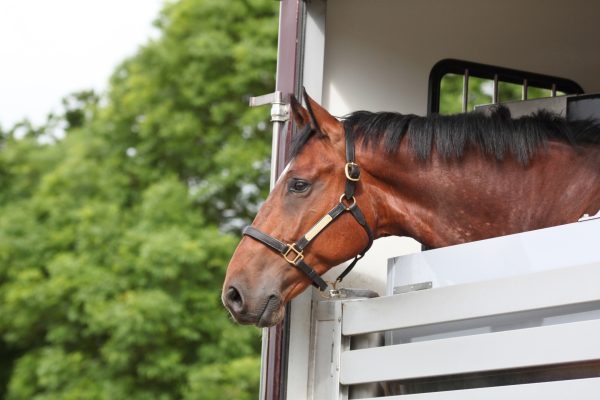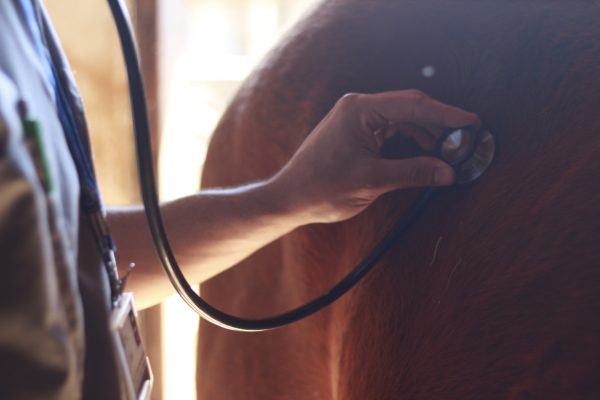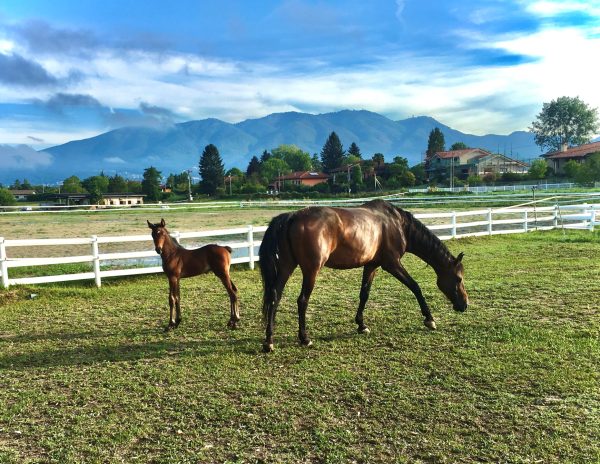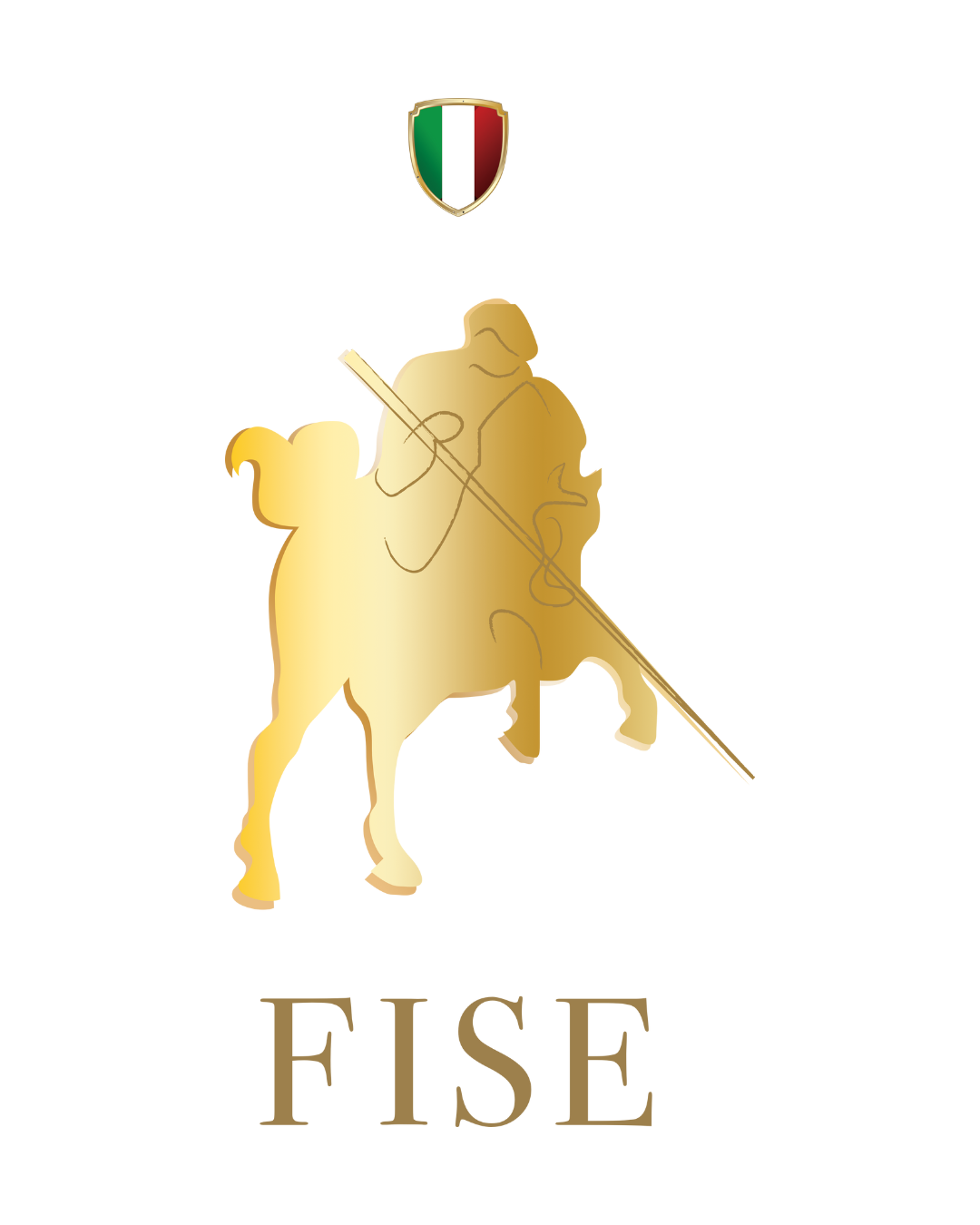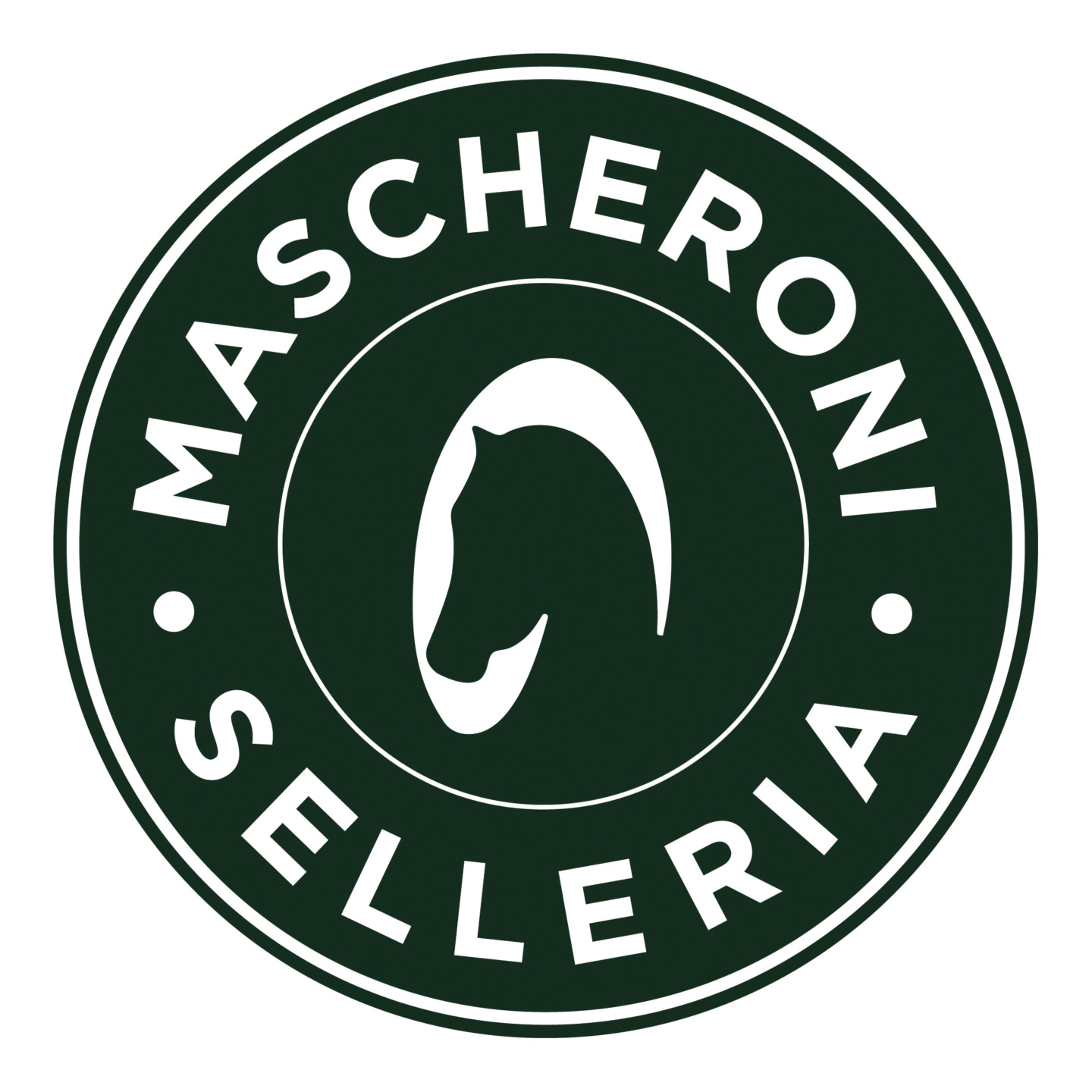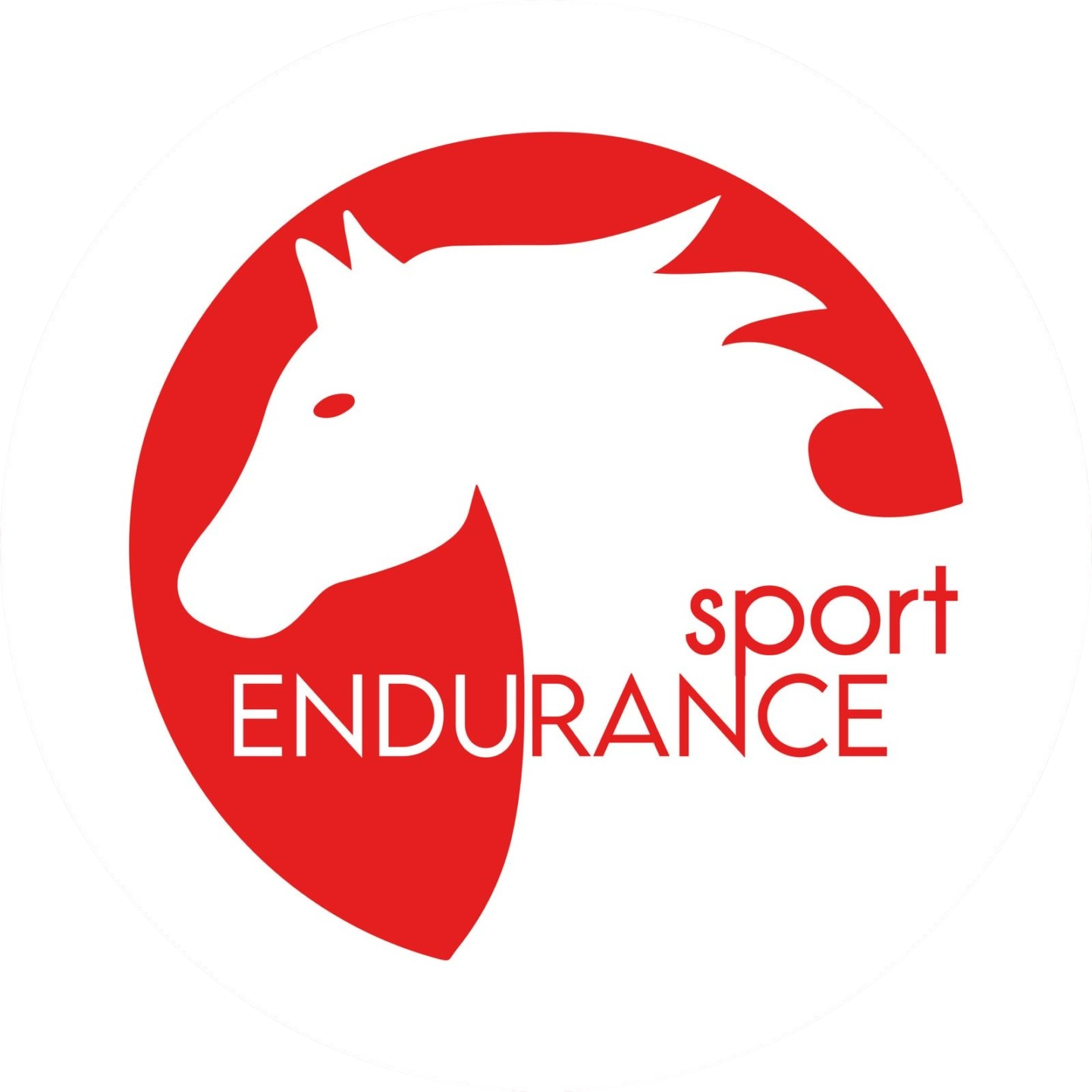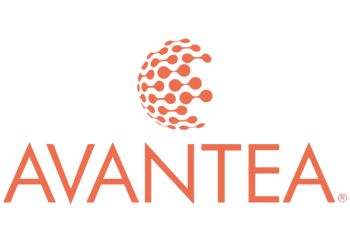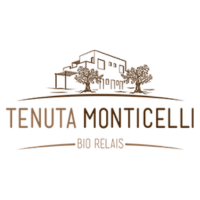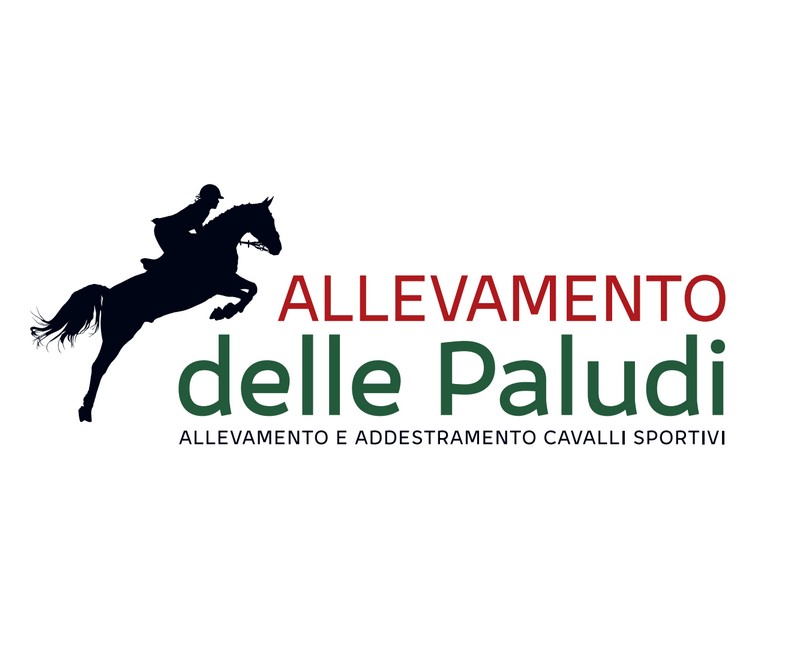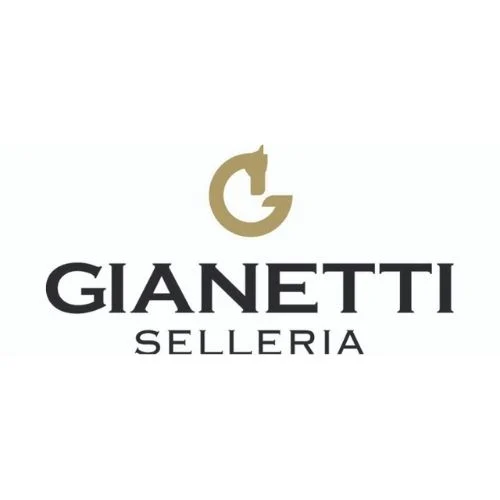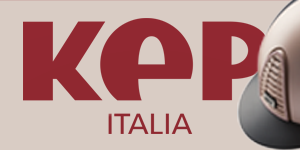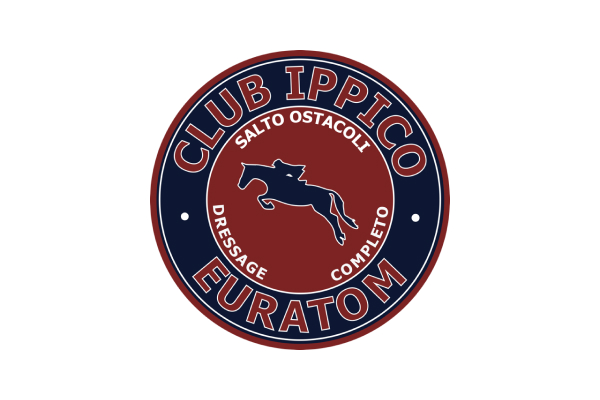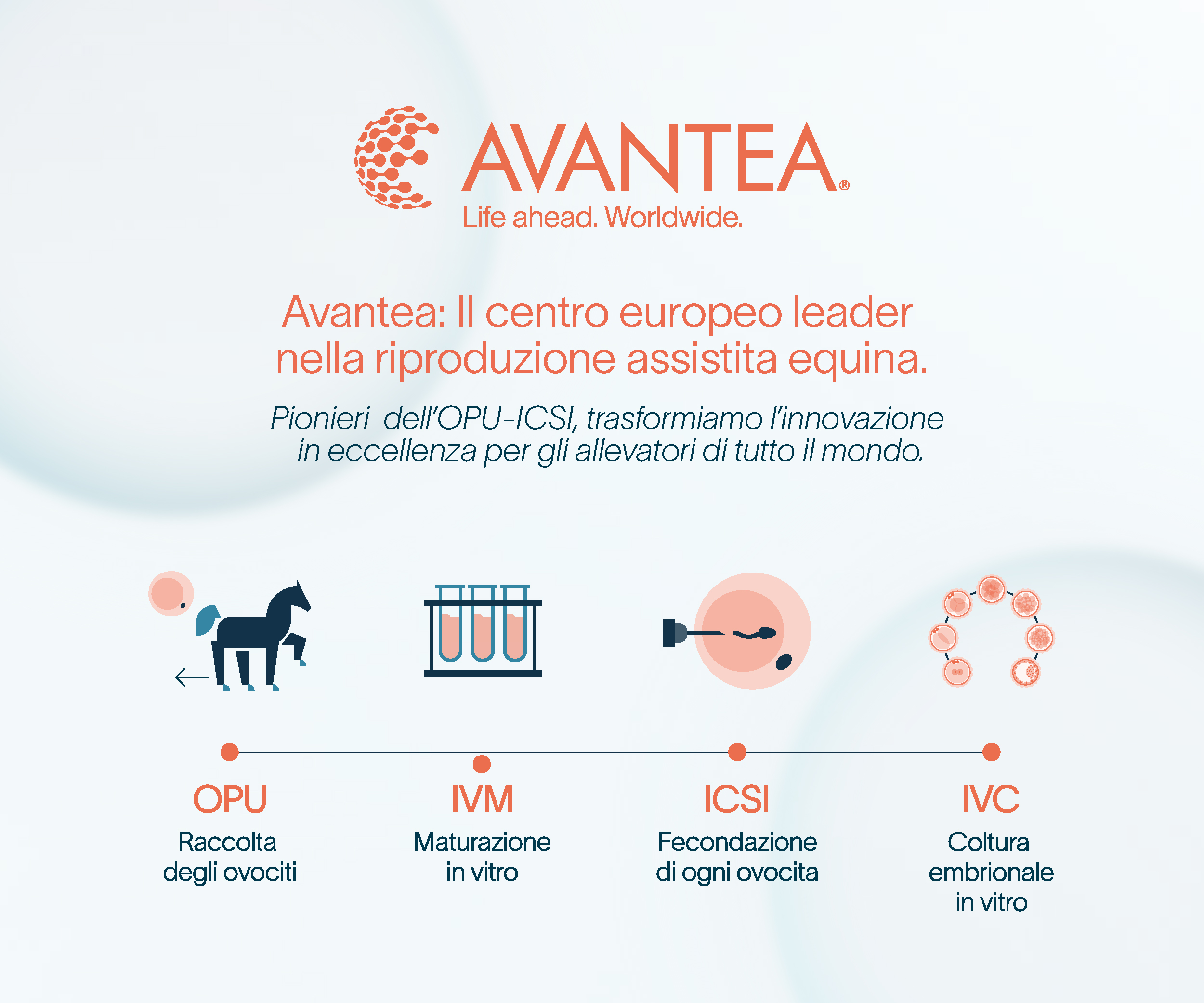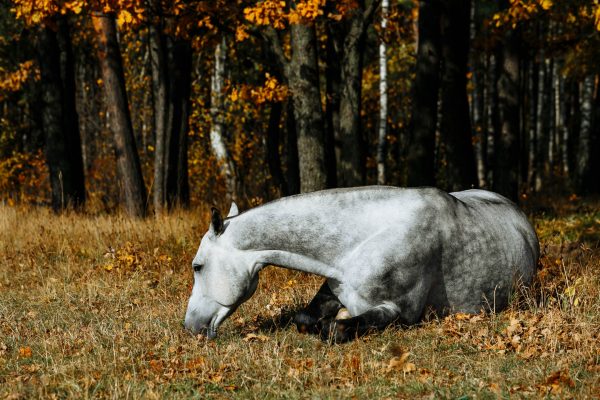
How to manage equine nutrition and reduce the horse colic risk

Horse colic is one of the most feared and frequent conditions in equines, making proper dietary management a top priority for owners and breeders. We spoke with Dr. Monica Carraro, a veterinarian specializing in equine nutrition, to discuss how feeding practices can reduce the risk of colic, a condition that often results in urgent veterinary calls.
“Climate change, with its sharp temperature shifts, is a major factor impacting horses’ health,” explained Dr. Carraro.
Climate change and gradual dietary changes
Seasonal changes, particularly sudden temperature drops, significantly stress horses, raising their colic risk. Recent sharp temperature falls, over 10°C within days, have left horses more vulnerable.
“Horses are highly sensitive to climatic changes, which affect digestion and adaptation to new environmental conditions,” Dr. Carraro noted.
To prevent digestive issues and colic, the transition from summer to winter feeding must be done gradually. Sudden changes in feed type or quantity can disrupt the horse’s delicate gastrointestinal balance.
“A horse’s diet should always be developed with a veterinary nutritionist,” she advised, stressing that even minor adjustments in energy intake should be calibrated to avoid overloading the digestive system, particularly during periods of reduced physical activity. Feed changes should follow a precise, personalized protocol.

Hydration’s role in colic prevention
Hydration is another crucial factor in preventing colic. Dr. Carraro highlighted that cold weather often reduces horses’ water intake, leading to constipation, a common trigger for colic.
“Horses tend to drink less when it’s cold, which can cause digestive blockages,” she explained. To ensure proper hydration—about 30-35 liters per day—owners should monitor water consumption, particularly with automatic waterers. Using buckets to measure intake is recommended if there is any doubt about hydration levels.
Providing sufficient water aids digestion and prevents intestinal blockages. During seasonal transitions, encouraging water consumption by offering soaked feed or adding electrolytes can be highly effective.
Quality and quantity of feed
A horse’s diet requires cereals, but their quality and quantity must be carefully managed by an expert. “Horses are not naturally accustomed to cereal-rich diets, which can upset their gastrointestinal balance,” Dr. Carraro explained.

Although they graze throughout the day, horses kept in stables and working require higher energy intake, typically provided by cereals. However, overfeeding cereals or offering low-quality grain can lead to colic and other digestive issues. Proper cereal storage and dividing meals into several portions are essential for maintaining equine health.
The impact of high starch feeds
Feeds with high starch levels, such as traditional cereals, pose a greater threat to horses’ gastrointestinal health than those with low starch content. “Excess starch can disrupt the cecal flora and increase colic risk,” Dr. Carraro emphasized. Sensitive horses should be given high-fiber, low-starch feeds that resemble their natural diet.
Probiotics and prebiotics for digestive support
Probiotics and prebiotics play a key role in maintaining gut health, especially during seasonal transitions. Probiotics are live microorganisms that, when administered in adequate amounts, benefit the horse’s health by improving intestinal flora. Prebiotics, on the other hand, are indigestible substances that stimulate the growth of beneficial bacteria.
“Using probiotics like Saccharomyces cerevisiae helps improve fiber digestion and prevents digestive problems,” Dr. Carraro advised, particularly during seasonal transitions.

Seasonal nutritional recommendations
Each season requires tailored nutritional management for horses. During winter, increasing fiber intake with high-quality hay, beet pulp, or alfalfa pellets is recommended. In the summer, attention should focus on water intake, which can be encouraged through soaked feeds or liquid supplements.
Dr. Carraro concluded with a reminder: “Proper nutritional management is the first step to maintaining a healthy horse and reducing the risk of colic.”
© Rights Reserved.
Contenuto sponsorizzato.




.png)
